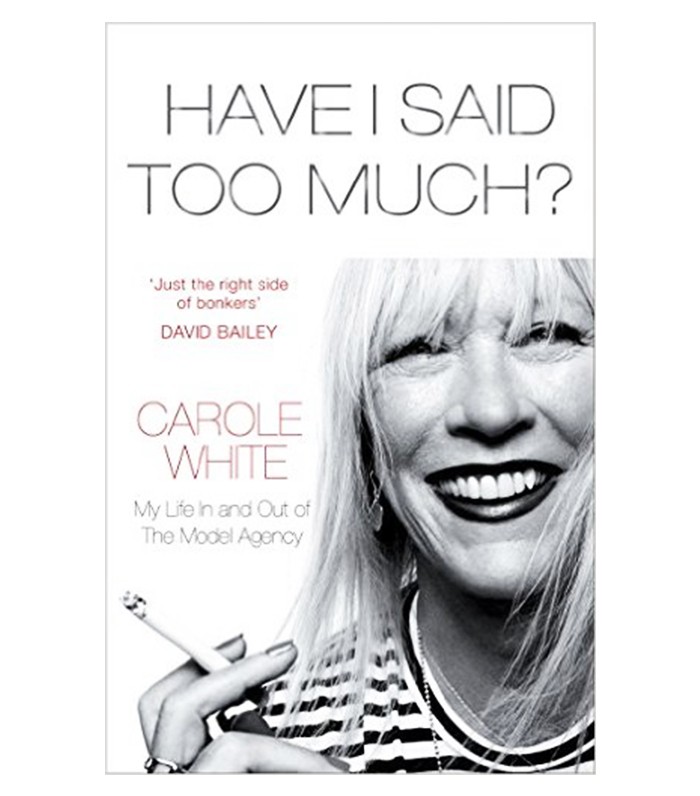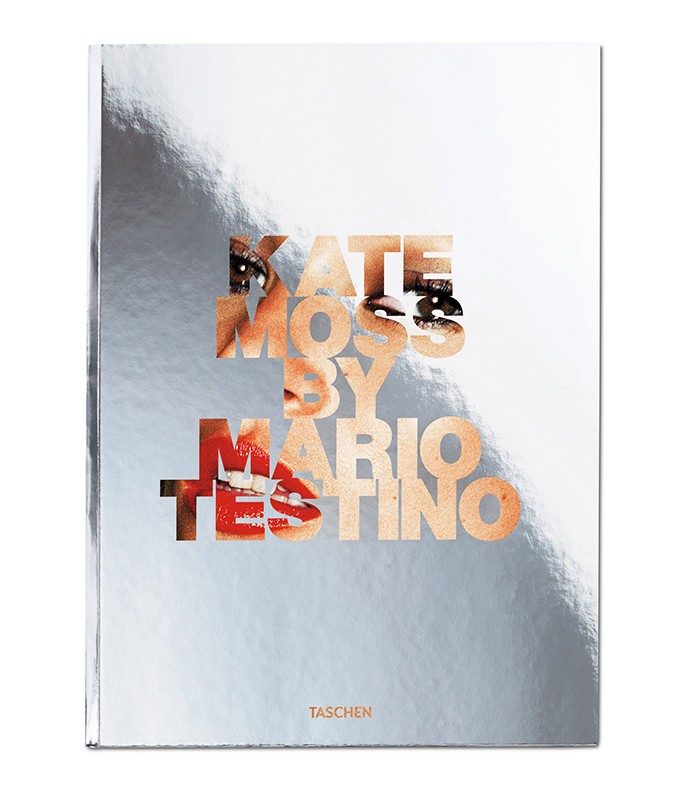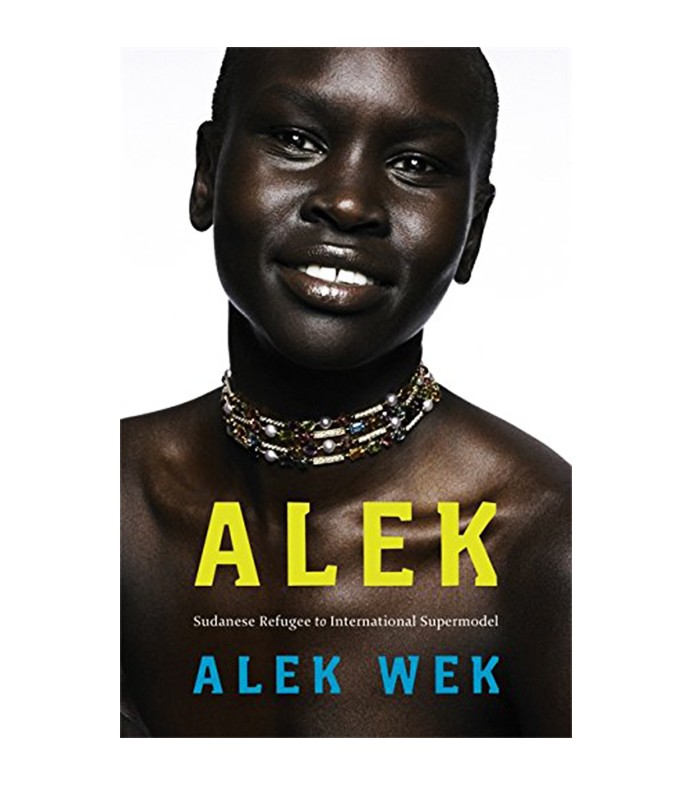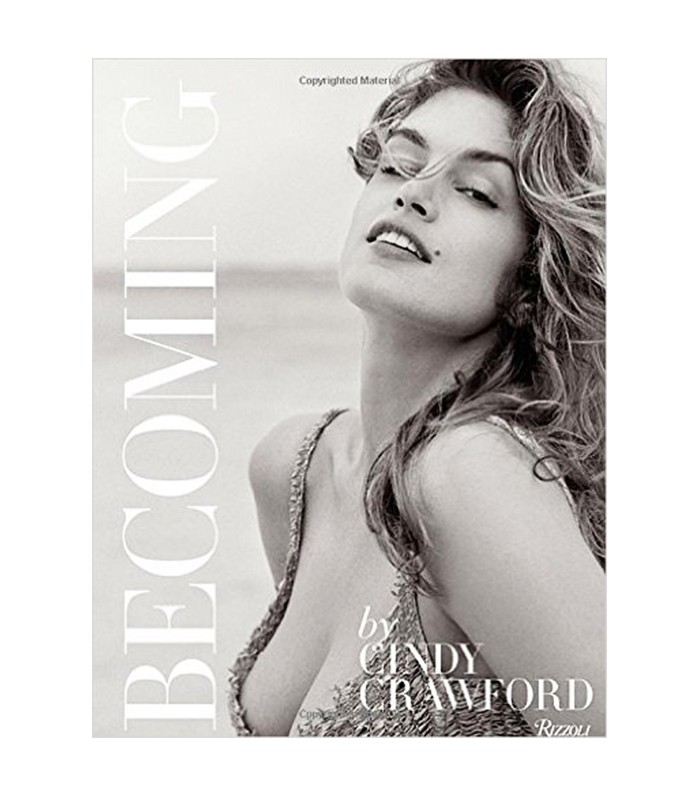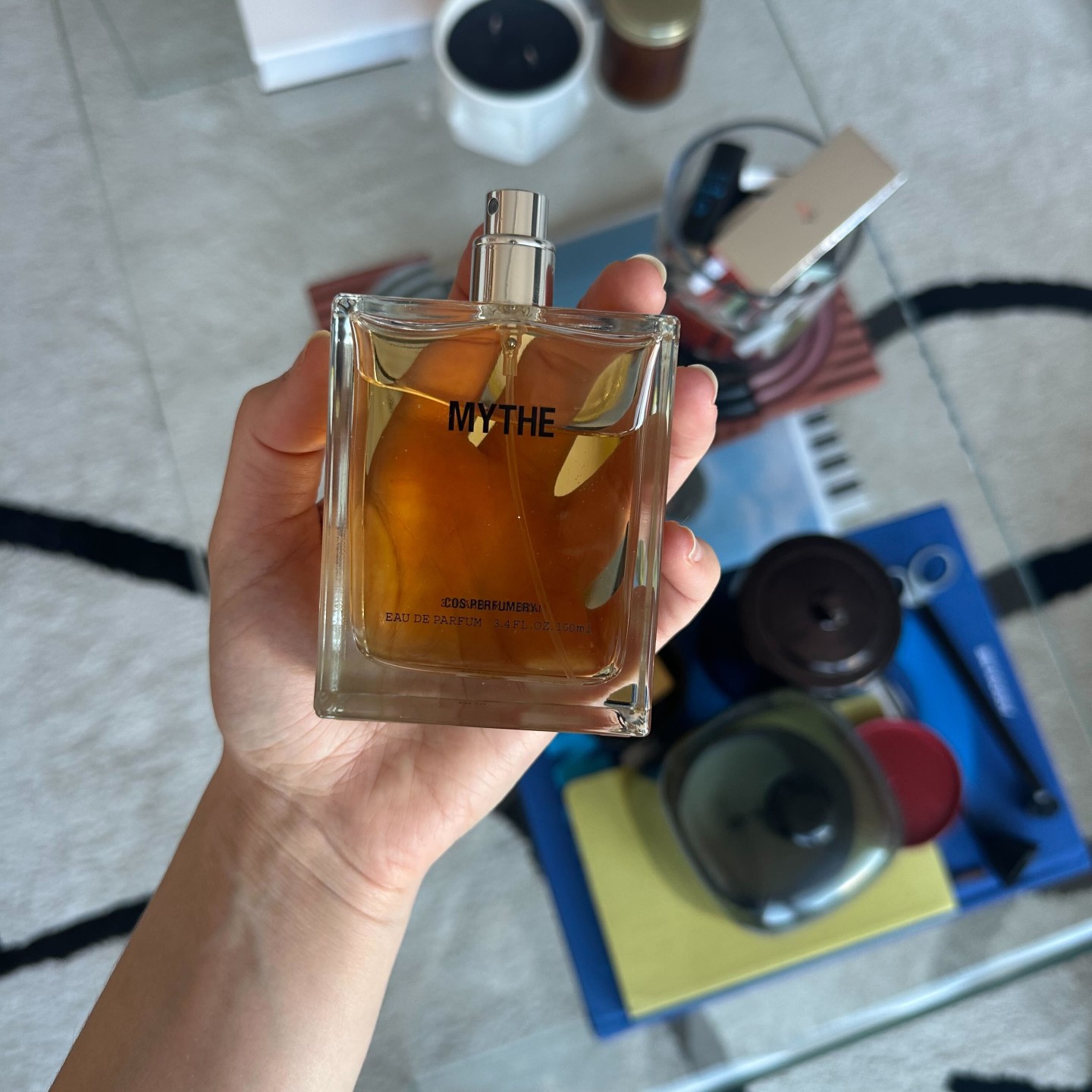What It Was Like to Be a Catwalk Model 30 Years Ago
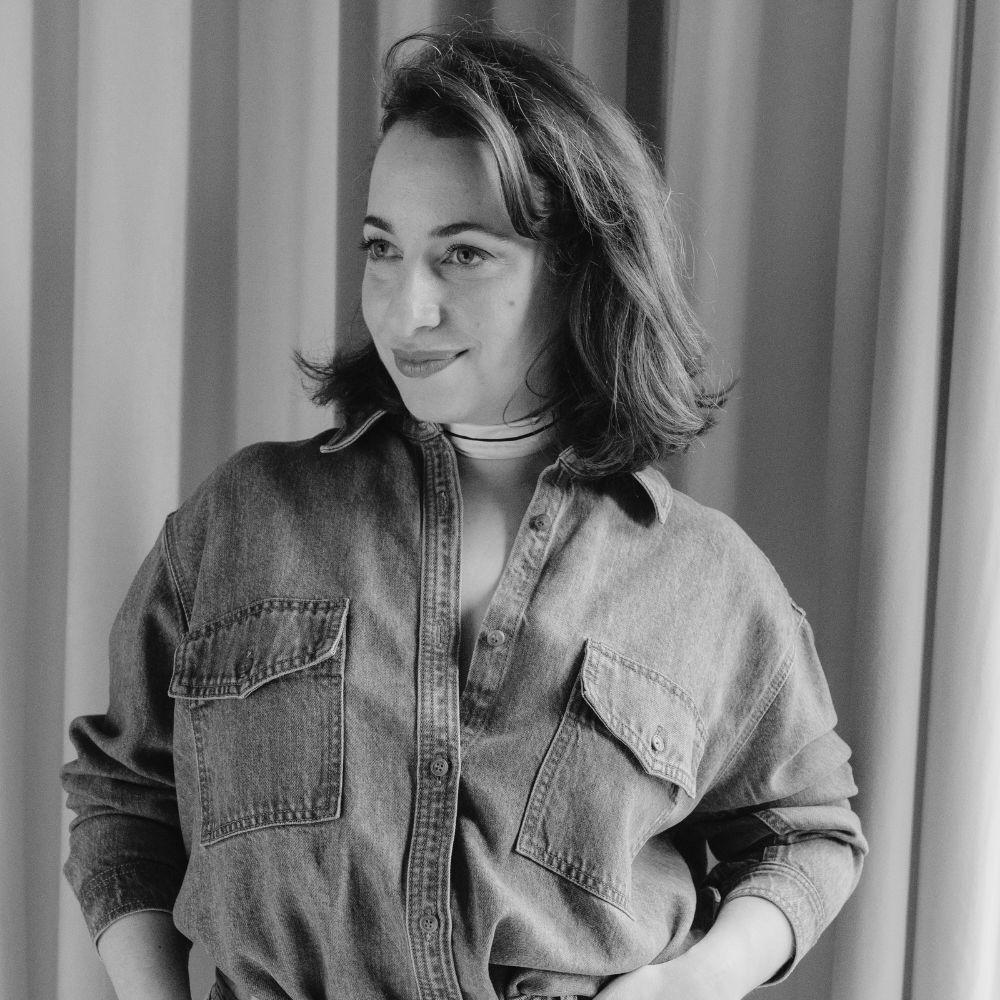
It would be hard to imagine the fashion landscape—or any landscape for that matter—without the omnipresent A-list gorgeousness of girls like Gigi Hadid and Kendall Jenner. They secure runway and campaign space as deflty as they infiltrate our wardrobes or notch column inches up.
To celebrate the paperback launch of Have I Said Too Much?, the autobiography of Premier Model Management's co-founder Carole White, we drilled the outspoken and super-successful agency guru on the differences between now and 30 years ago, when bouffants were bigger than Gigi's athleisure wardrobe and prancing around—rather than sombre strutting—on the runway was the norm.
Scroll down to read Carole's insight into the industry and for a few flashback fashion moments…

Jerry Hall and Inès de la Fressange larking about on the Chanel runway, 1986.
Who What Wear UK: What do you think are the biggest differences between being a fashion week model in 1986 and being one today?
Carole White: We now have social media and it is vital for a model to grow her followers as clients ask about this and take notice. The amount of followers a model has is now a currency, and small campaigns are run on social media in conjunction with advertising.
WWW UK: Was there an equivalent in 1986 to today's social media status?
CW: If you wanted to get seen you would need to be in the Studio 54 gang in NYC or just hanging around the cool places. But nothing beats social media now. If you are clever at it, you don’t have to get out of bed!
WWW UK: What about the actual runway has changed the most?
CW: Today the biggest difference is that fashion shows across New York, London, Milan and Paris are really crucial to establish a girl. Casting directors all want to know what shows a girl has done. The shows vouch for the girls' credibility as being the next hot model of the season. They then go on to do campaigns and prestige editorial. Being on the runway is such a great way for a new girl to get noticed. Shows have the ability to make a girl of the moment.
WWW UK: Is it true that many of the supermodels would do their own makeup?
CW: Not really, they always had the top makeup artists on the shoots. In the early days of modelling, the '60s and '70s, models were often asked to do their own makeup, sometimes they wore their own clothes and would have to bring their own shoes and accessories and hairpieces! But the industry became more professional and there would always be a makeup artist and hairdresser on set.
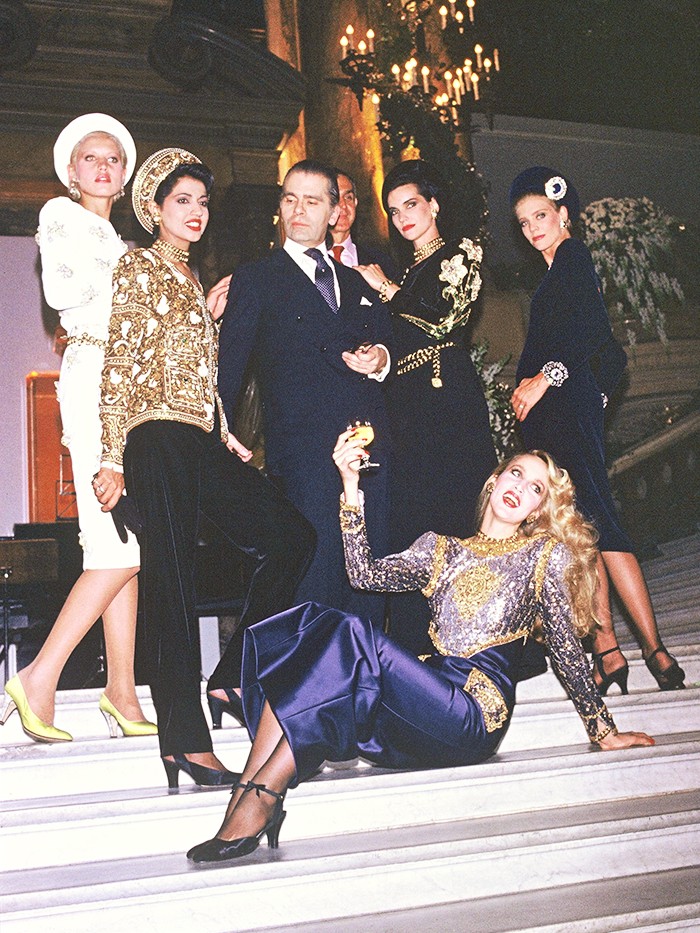
Some things never change: Karl Lagerfeld and his bevy of Chanel Haute Couture beauties, 1986.
WWW UK: What would you say are the new requirements of supermodels today in comparison to the past?
CW: I don’t think there are many supermodels today; the famous girls are often the daughters of a famous actresses and have a huge social media following. Supermodels today have to have that something extra to being a model if they’re going to sustain a long, successful career.
The real supermodels: Claudia [Schiffer], Naomi [Campbell], Cindy [Crawford], Linda [Evangelista], Christy [Turlington], became so famous because models never spoke then suddenly these wonderful, young, bright creatures came on to the scene and worked out they should do TV chat shows and wear Versace clothes to amazing parties and court the press whilst having a famous actor as a boyfriend. Then the public wanted to know everything about them, what they wore who they dated and what they ate, where they went to have fun, etc. They were so powerful and influential.
WWW UK: Do you think either generation has had it easier?
CW: The generation at the end of the '80s and beginning of the '90s had it easy. They’d worked out how to attract the media, they were astute in turning up at the right place at the right time with the right clothes and boyfriend. There were no eastern block girls on the scene and there were not so many models around so there was less competition. And money was abundant.
Girls nowadays have it much harder. There are zillions of models and they come from every different land. It is more difficult to stay on top of the ladder as there is always a 16-year-old looking over your shoulder wanting to snatch your place.
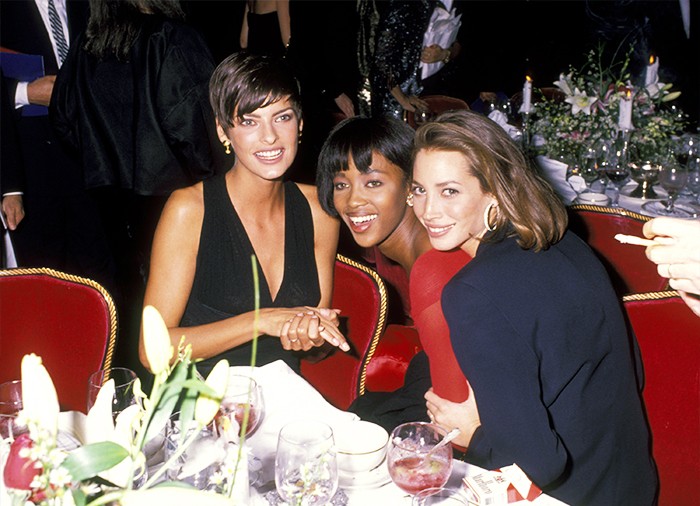
Linda Evangelista, Naomi Campbell and Christy Turlington, 1989.
WWW UK: What is the one piece of advice you find yourself giving when it comes to girls modelling on the catwalk?
CW: I would say never believe 100% that you are going to walk that Alexander McQueen show or Louis Vuitton until you really do walk down that runway. I have seen so many girls’ looks get cancelled at the last minute. It is tragic, so I always tell them to contain the excitement until its done.
WWW UK: Are there any hidden skills behind being a really great catwalk model?
CW: Well, you need to keep your nerve and confidence is key. It’s like being an actress. It is thrilling to do a prestige show.
WWW UK: Who would you say was the biggest model in the mid '80s and who would you say is her modern version today?
CW: Cindy Crawford was probably the biggest in the '80s; here was this young girl exuding power and sexuality, a goddess really, and that kind of girl is very rare. But Premier’s new face Luna Bijl has exactly that combination and at only 18 years old. We were incredibly proud when she booked the Emporio Armani campaign this season.
Shop Carole's book—and other key modeling tomes—below...
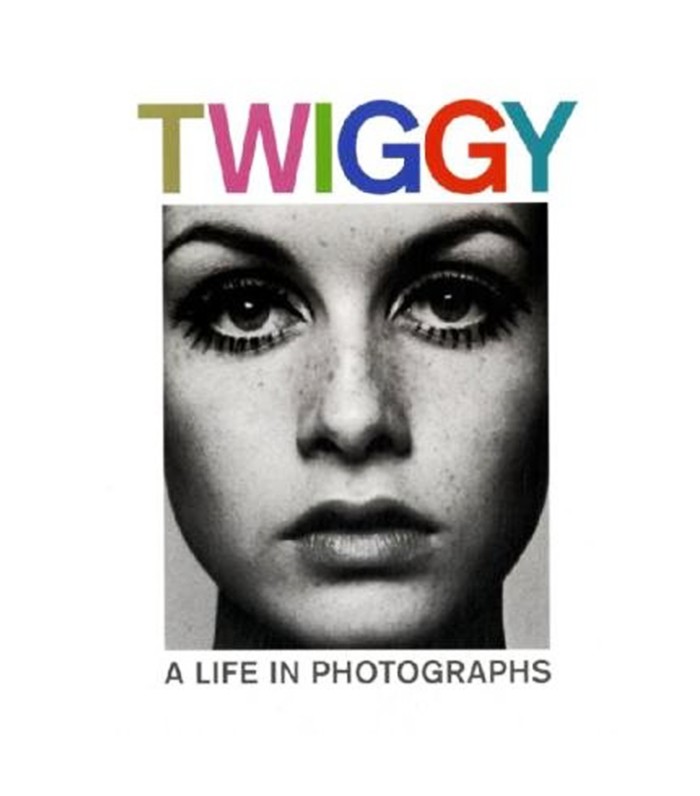
Who is your all-time favourite model? Let us know in the comments box below!

Hannah Almassi is the Editor in Chief of Who What Wear UK. She joined in 2015 when she launched the UK sister site following a seven-year tenure at Grazia magazine as fashion news and features editor. With experience in print and digital across fashion and beauty, Hannah has over 18 years of experience as a journalist, editor and content strategist. Her opinion has been sought by the likes of CNBC, BBC, The Sunday Times Style, The Times, The Telegraph and MatchesFashion.com and she is often called upon for her take on trends, becoming known as a person with their finger of the pulse of what’s happening in the fashion space for stylish Brits.
-
 Spotted on the Streets of L.A.: The Chicest Shoe Trend to Wear With Black Trousers
Spotted on the Streets of L.A.: The Chicest Shoe Trend to Wear With Black TrousersSorry, sneakers—it's not your time.
By Eliza Huber
-
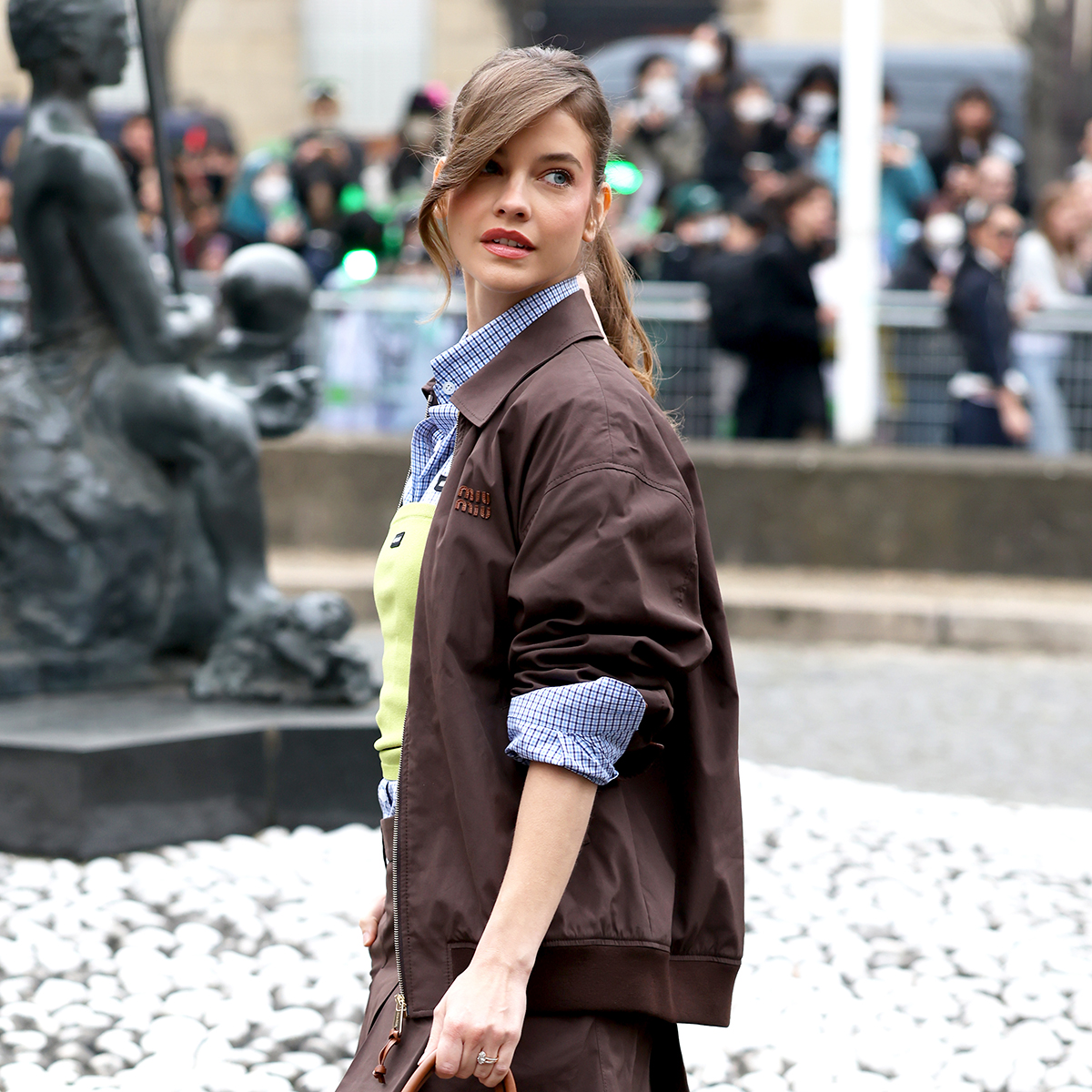 I'm Calling It: This Is How People With Cool Style Will Wear Button-Down Shirts in 2025
I'm Calling It: This Is How People With Cool Style Will Wear Button-Down Shirts in 2025As seen in Paris.
By Allyson Payer
-
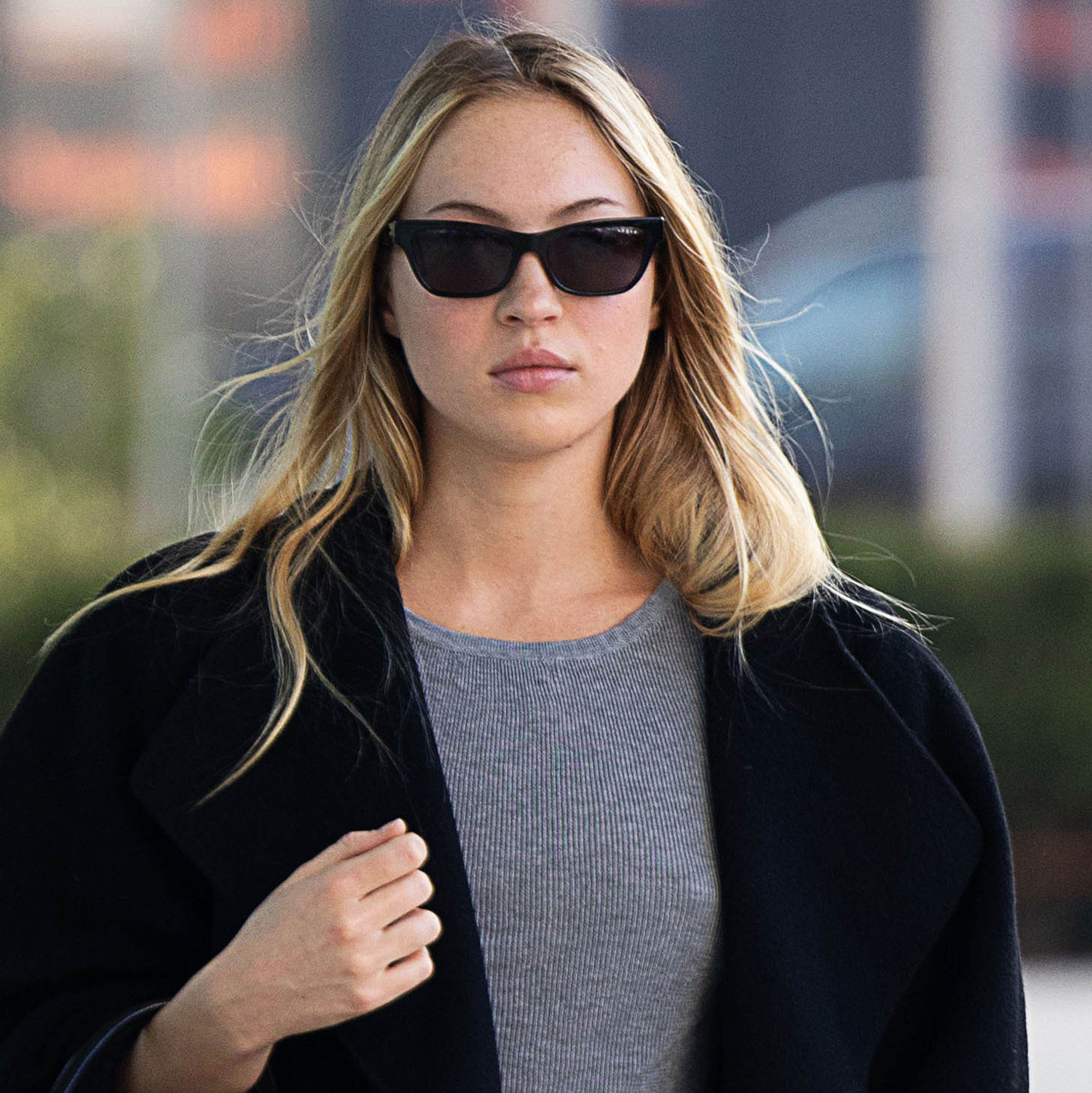 Lila Moss Just Wore the Prada Bag Everyone Wants But No One Can Find
Lila Moss Just Wore the Prada Bag Everyone Wants But No One Can FindIt's so cute.
By Drew Elovitz
-
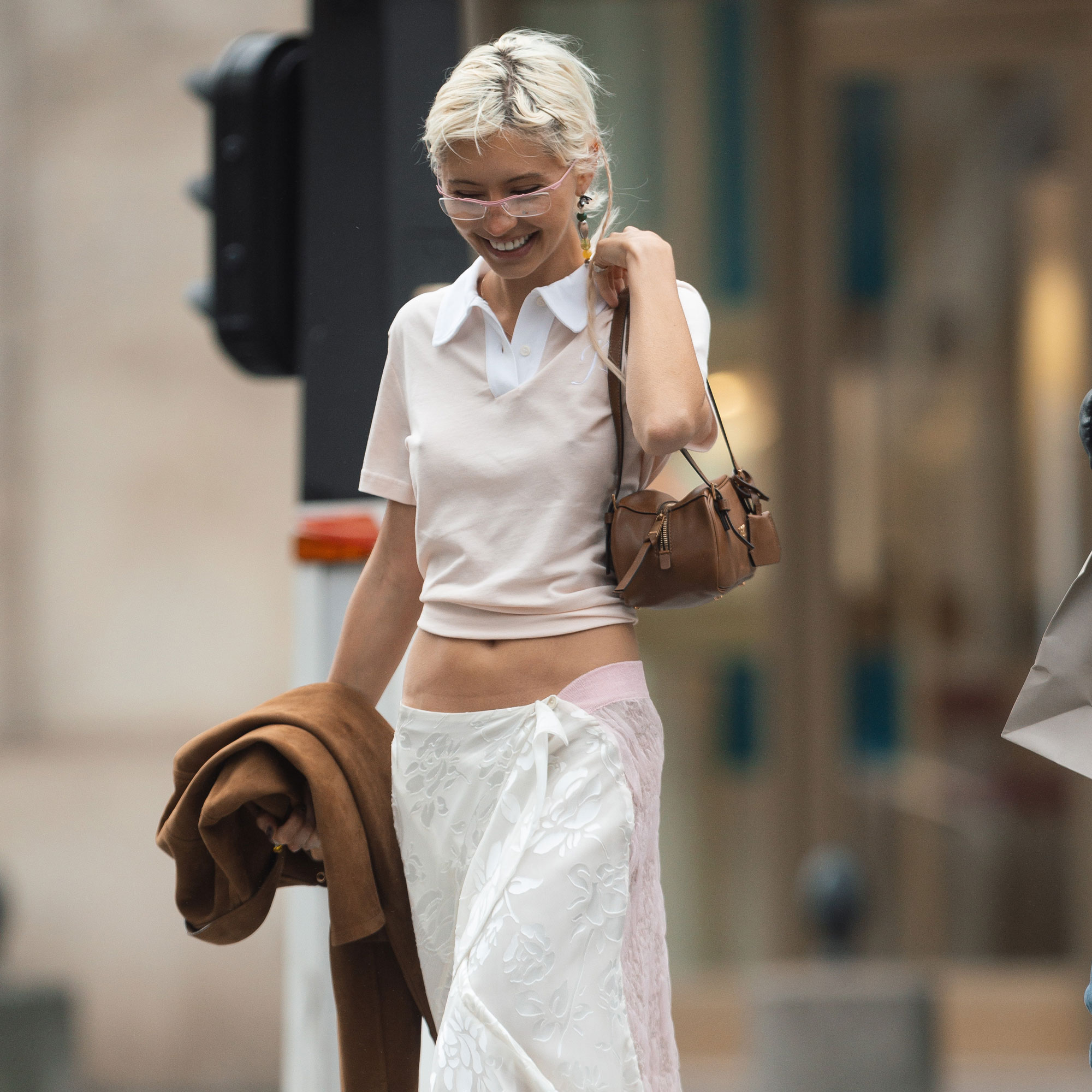 Not Flats and Not Heels—This In-Between Shoe Trend Is Just Right for Spring 2025
Not Flats and Not Heels—This In-Between Shoe Trend Is Just Right for Spring 2025It's comfortable too.
By Drew Elovitz
-
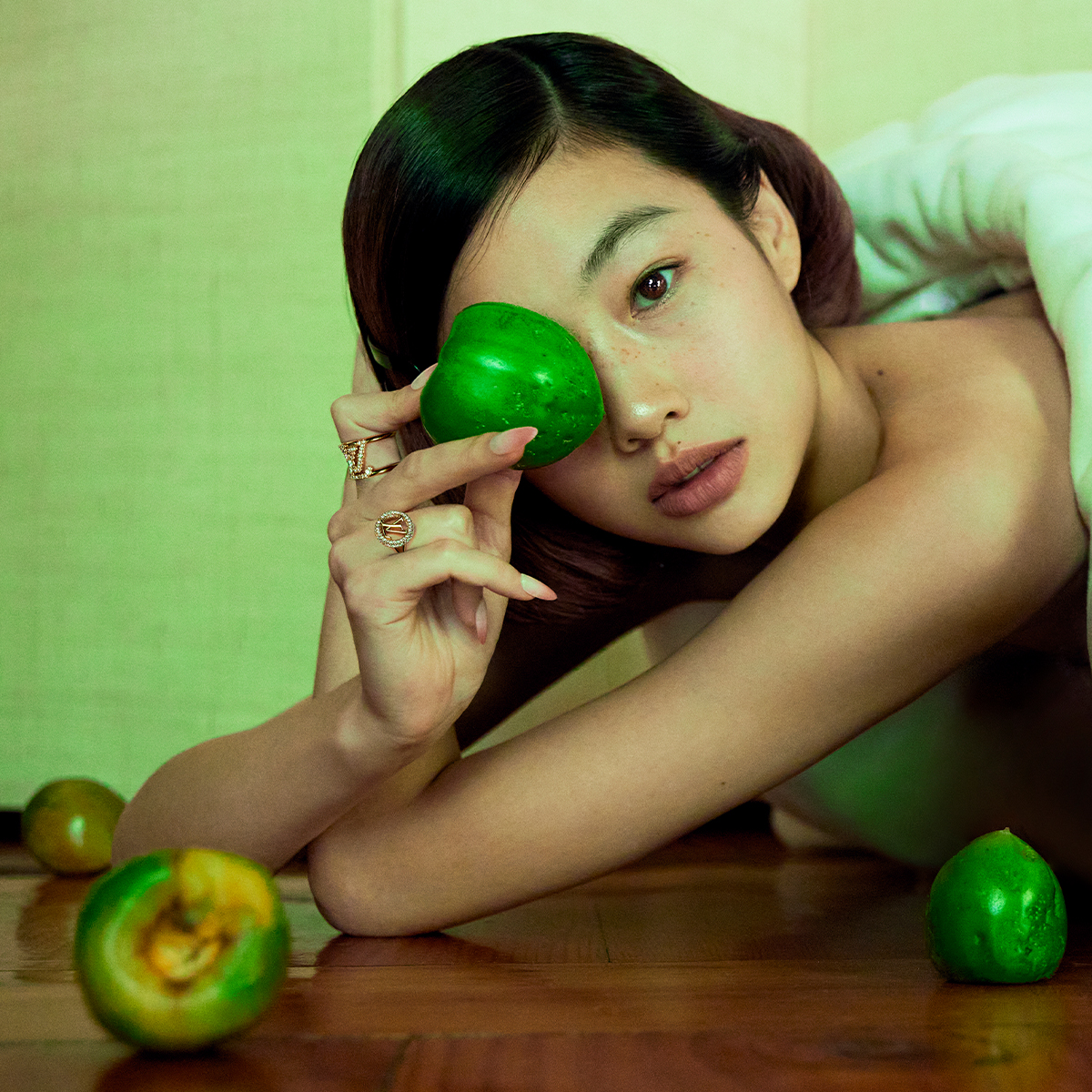 Hoyeon on Top: From Major Model to Ascending Actress, the Artist Is Unstoppable
Hoyeon on Top: From Major Model to Ascending Actress, the Artist Is UnstoppableClick through to read our October cover story.
By Jessica Baker
-
 Amelia Gray Is Already Wearing the Pretty 2025 Color Trend Everyone's Discussing
Amelia Gray Is Already Wearing the Pretty 2025 Color Trend Everyone's DiscussingNo time to waste.
By Allyson Payer
-
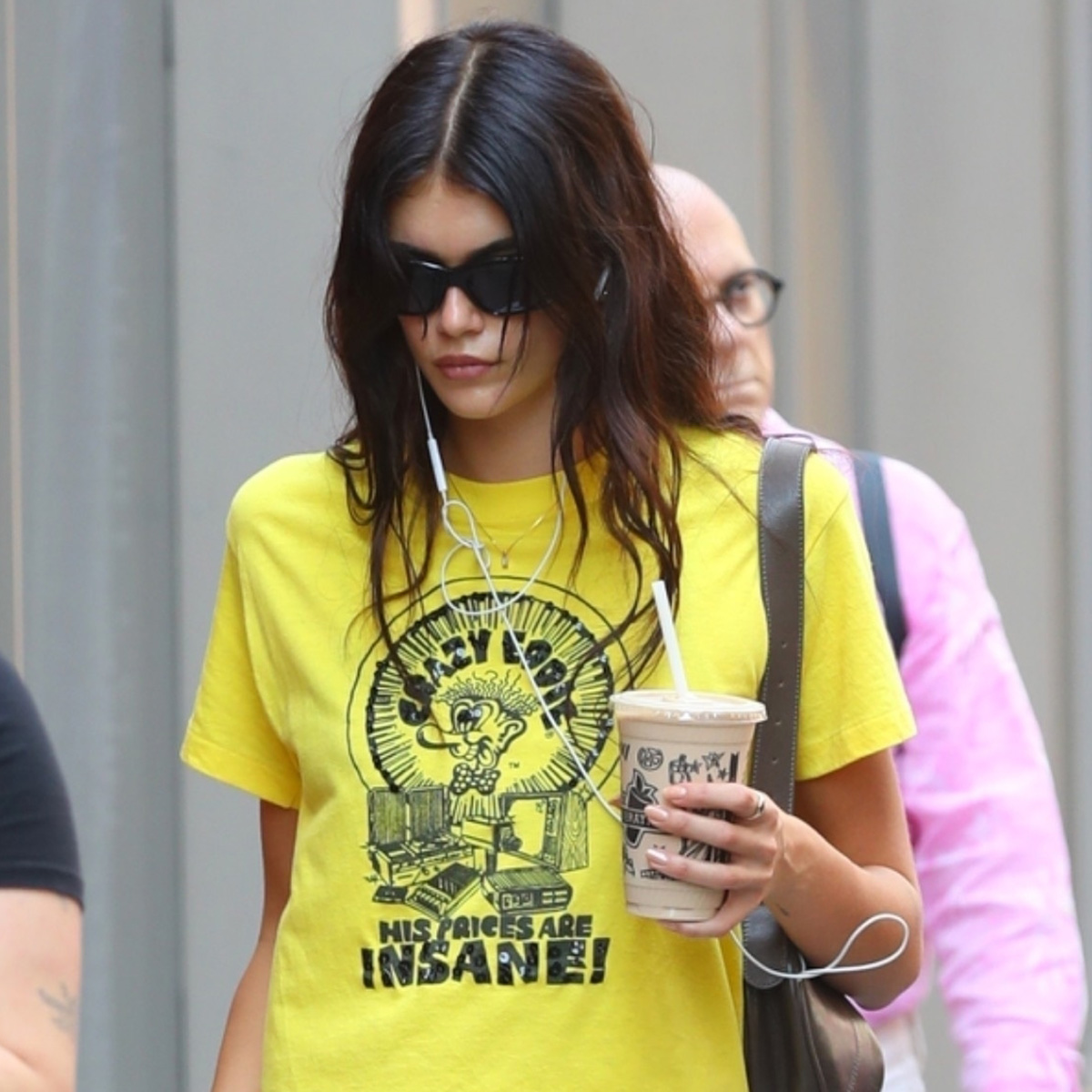 Kaia Gerber Wore the Anti-Denim Skirt Trend That Goes With Both Sneakers and Flats
Kaia Gerber Wore the Anti-Denim Skirt Trend That Goes With Both Sneakers and FlatsA summer staple.
By Eliza Huber
-
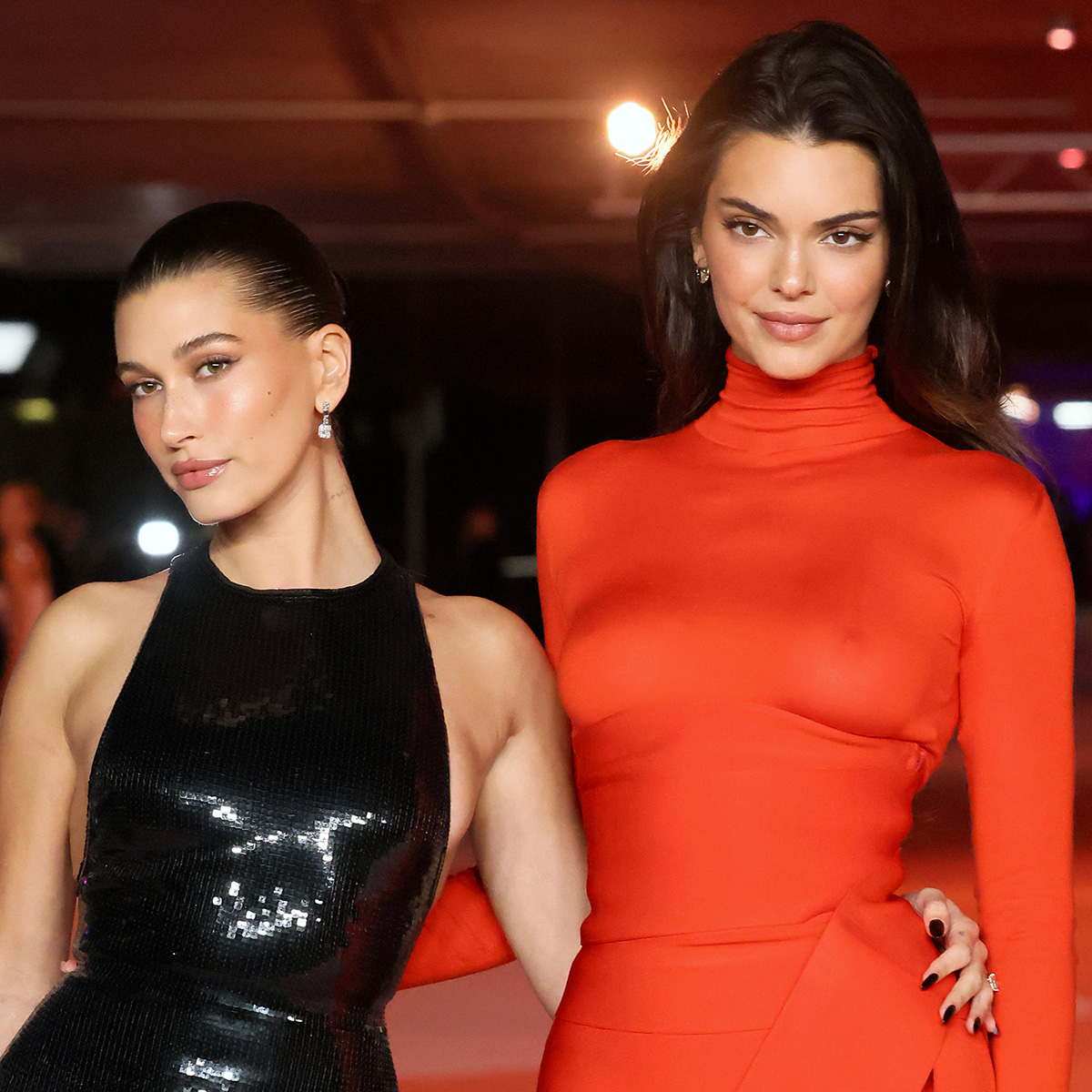 Hailey Bieber Just Wore Kendall Jenner's Favorite Off-Duty Uniform
Hailey Bieber Just Wore Kendall Jenner's Favorite Off-Duty UniformYou'll never guess what it consists of.
By Eliza Huber
